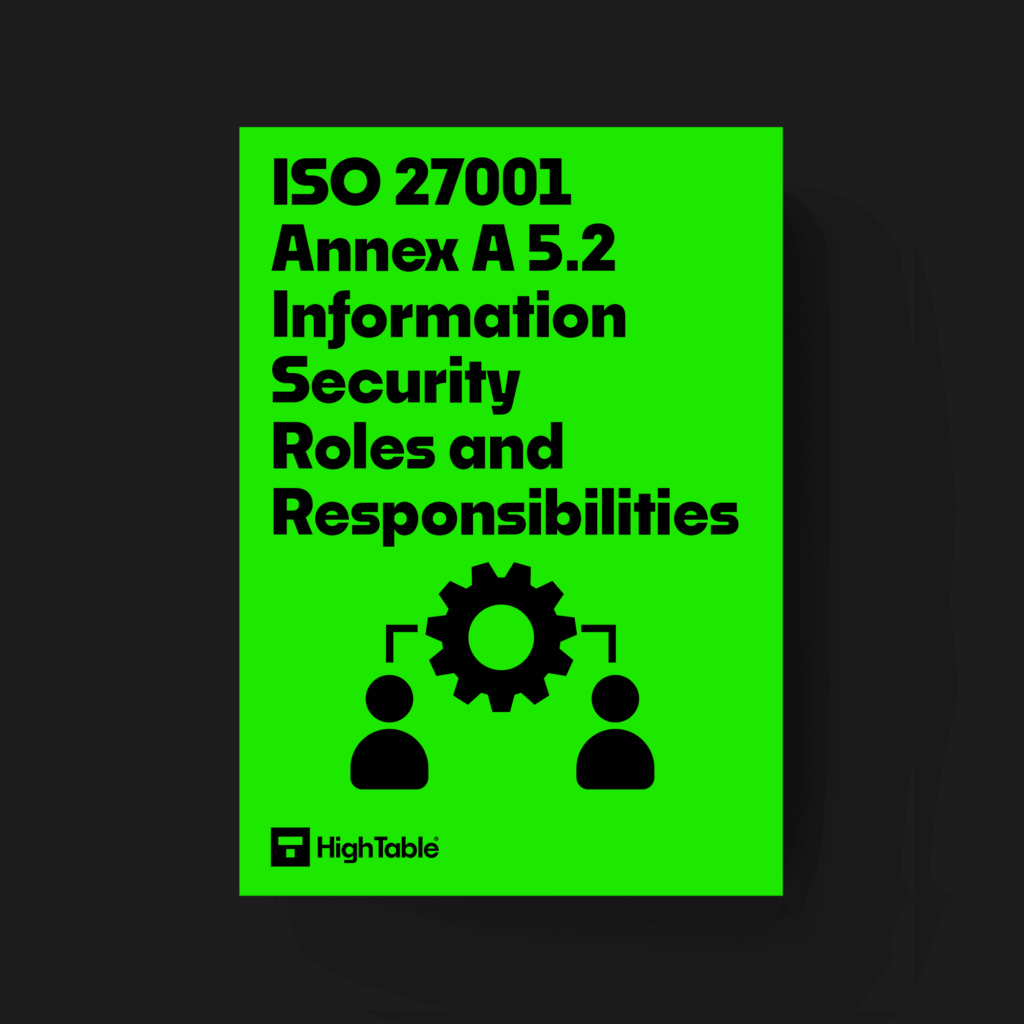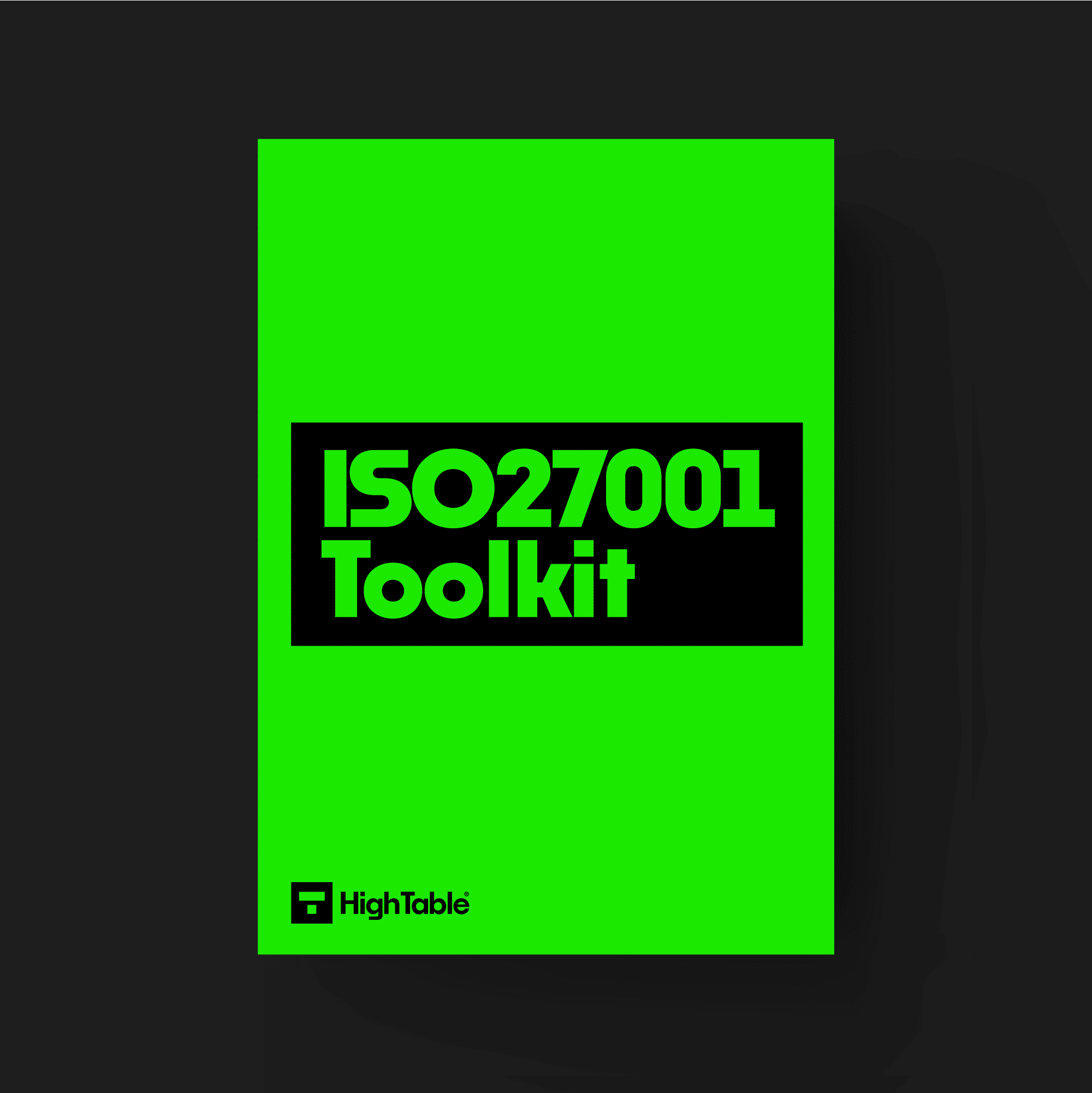Table of contents
ISO 27001 Roles and Responsibilities
Defining and assigning roles and responsibilities for information security is essential for implementing and running an Information Security Management System (ISMS)
Clearly defined roles and responsibilities ensure that individuals know what is expected of them, promoting accountability for information security within the organisation.
Furthermore, this is designed to establish a clear, approved, and understood framework for implementing, operating, and managing information security within the organisation.
Who owns it?
The Information Security Manager, in collaboration with HR and senior leadership is responsible for defining and assigning information security roles and responsibilities.
Compliance Guidance
Information security roles and responsibilities should be assigned in accordance with the established information security policy and relevant topic-specific policies.
The organisation should clearly define and manage responsibilities for:
- Protecting information and related assets.
- Carrying out specific information security processes.
- Managing information security risks, including the acceptance of residual risks (for example, by risk owners).
- Ensuring the secure use of organisational information and related assets by all personnel.
These responsibilities can be further supplemented with more detailed guidance for specific locations and information processing facilities.
Individuals with assigned security responsibilities may delegate tasks to others, but they remain ultimately accountable for the successful completion of these tasks.
Each security area with assigned responsibilities must be clearly defined, documented, and communicated to all relevant personnel. Authorisation levels for each role must also be defined and documented.
Individuals fulfilling information security roles must possess the necessary knowledge and skills. The organisation must provide ongoing support to ensure these individuals maintain the required competencies.
Supplementary Guidance
Many organisations designate an information security manager to lead the development and implementation of information security measures, including risk identification and mitigation strategies. However, the responsibility for allocating resources and implementing specific controls often falls on individual department managers.
A common approach is to assign an “asset owner” to each critical asset, making them accountable for its day-to-day security. The allocation of information security responsibilities varies depending on the organisation’s size and available resources.
In some cases, dedicated information security roles are established, while in others, security duties are integrated into existing job responsibilities.
ISO 27001 Roles and Responsibilities Template
The following is a fully compliance ISO 27001 Roles and Responsibilities Template.

Further Reading
ISO 27001 Annex A 5.2 Roles and Responsibilities specifically addresses the requirements of Roles and Responsibilities.



